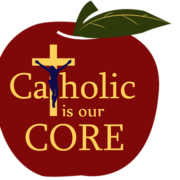Catholic Schools Not Improving Under Common Core
The Nation’s Report Card1 administered by the U.S. Department of Education reveals stagnant and even slightly declining test scores among Catholic schools since 2013, when many embraced the Common Core State Standards (CCSS).
Public schools also are showing no marked improvement, which is not what many had claimed would result from “internationally benchmarked” and globally competitive standards.2
With more than 100 Catholic dioceses implementing the CCSS to some degree3 in Catholic schools, it’s worth taking a look to see how Catholic schools are faring.
NAEP Assessment Results
Catholic schools are one of the largest private school groupings in the National Assessment of Educational Progress (NAEP) data collection, perhaps because their involvement is encouraged by the National Catholic Educational Association (NCEA). The NAEP was last re-worked in 2009 and was never re-aligned to the Common Core, so it is a good measure of pre- and post-Common Core achievement.
Historically, Catholic schools have scored well above public schools in both 4th and 8th grade reading and math,4 and they continue to do so. Over the last two decades, reading scores have averaged 19.5 points higher for 8th graders in Catholic schools and 16.1 points higher for 4th graders. In math, Catholic schools have scored 12.7 points higher in 8th grade and 7.6 points higher in 4th grade.
The scores of both public and Catholic schools have remained largely stable over the past 8 years, with a small decrease in Catholic school scores that slightly narrows the gap with public schools.
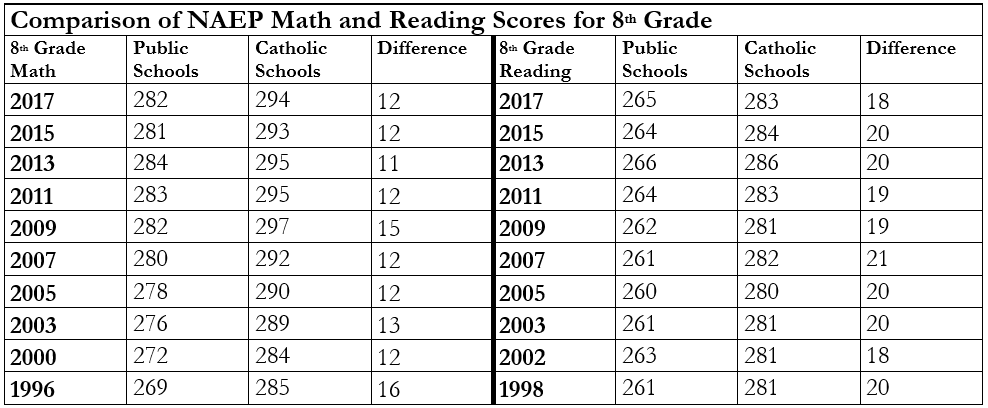
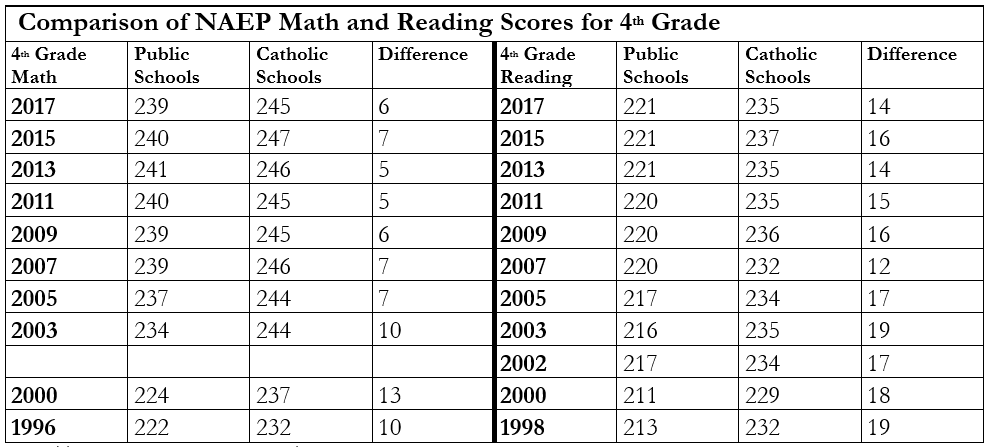
This isn’t what was supposed to happen, is it? Neither public nor Catholic schools experienced the upswing that was promised by the authors of the Common Core Standards. Public school scores from 2009 (pre-CCSS) to 2017 (post-CCSS) are relatively the same and are categorized in the “basic” range on the academic standards scale for the NAEP, whereas Catholic school 8th grade math scores have slid three points in the pre-test/post-test scenario (297 in 2009 to 294 in 2017). Interestingly, the cut-off for “proficient” according to the NAEP literature is a score of 2995, leaving Catholic schools that much more to attain before reaching the mark. Meanwhile, the opportunity costs are unknown. Perhaps Catholic schools’ 8th grade math and reading scores might have continued their positive upward trend before the onset of the CCSS.
As for international benchmarking, the 4th grade U.S. scores in the Trends in International Mathematics and Science Study (TIMMS) remained the same in 2015 at the internationally low benchmark.6 The 8th grade TIMMS scores went up,7 but they are still at the internationally low benchmark.8
In reading, scores for U.S. 4th grade students on the Progress for International Reading Literacy Study (PIRLS) have declined from 556 in 2011 to 549 in 2016 (the most recent year for scores).9 The United States is currently sitting in 15th place in reading achievement for 4th graders, down from 6th place in 2011.10
Common Core and Catholic Schools
What the test scores don’t measure is the loss to Catholic identity when Catholic schools conform to secular school standards that fail to consider essential differences in faithful Catholic education.
Recognizing that the CCSS would drive textbook publishing, teacher preparation programs, state assessments, teacher professional development11, and college-entry exams12, the NCEA encouraged Catholic schools to adopt the CCSS as they saw fit or as they were compelled to do, based on state and accreditation requirements.
But with parent concerns rising across the country and Catholic parents wondering why Catholic schools were using the same academic standards as public schools, The Cardinal Newman Society launched Catholic is Our Core13 in 2013 to evaluate the CCSS and counter many of the dangerous and progressive claims advanced by Common Core proponents.
In December 2013, the Newman Society expressed serious reservations14 about the use of the CCSS in Catholic schools, especially since historical data for Catholic high school graduation and college attendance was consistently outstanding and there seemed no need to work from standards designed primarily to raise academic achievement of students in the lower national quartile.
Moreover, the utilitarian underpinning of the CCSS stands in stark contrast to the full flourishing of the human person, as promoted in Church documents on education. Children and young adults are not to be viewed as components of an economic machine to be manipulated and directed toward labor slots in manufacturing15, as some would like. An impoverished view of the human person, which pervades society, is not how the Church has traditionally approached Catholic education. To take on such limiting constraints is unworthy of the dignity of the educational institution.
In 2014, the United States Conference of Catholic Bishops (USCCB) issued a statement recognizing the limitations of the CCSS for faith-based formation:
Catholic schools must consider standards that support the mission and purpose of the school as a Catholic institution. Attempts to compartmentalize the religious and the secular in Catholic schools reflect a relativistic perspective by suggesting that faith is merely a private matter and does not have a significant bearing on how reality as a whole should be understood. Such attempts are at odds with the integral approach to education that is a hallmark of Catholic schools. Standards that support an appropriate integration should be encouraged.16
Embracing subsidiarity and local decision-making, the USCCB directed that each bishop, along with their education leaders, decide whether to adapt, adopt, or reject the CCSS. About 33 dioceses17 announced they would not use the CCSS, preferring to retain their already workable standards and curricular frameworks. Most of the others, though, chose to work with the Common Core in some fashion.
Today, we can see the wisdom of the Newman Society’s warnings against the rapid adoption of CCSS in Catholic schools, “a mistake that will be difficult or impossible to undo for years to come.” The NAEP scores suggest that the Common Core comes with empty promises, and it may in fact hinder progress toward excellence in both public and Catholic schools.
- https://www.nationsreportcard.gov/
- The Council of Chief State School Officers and The National Governors Association Center for Best Practices, Common Core Standards Memorandum of Agreement, retrieved from https://www.edweek.org/media/politicsk12.pdf; V. Strauss, “Former education commissioner blasts common core process – update,” Washington Post (Feb. 13, 2013), retrieved from https://www.washingtonpost.com/news/answer-sheet/wp/2013/02/13/former-education-commissioner-blasts-common-core-process/?utm_term=.a7b755a241cf.
- Brian Fraga, “Schools of Thought,” Our Sunday Visitor Mar. 19, 2014), retrieved from https://www.osv.com/OSVNewsweekly/ByIssue/Article/TabId/735/ArtMID/13636/ArticleID/14299/Schools-of-thought.aspx.
- Denise Donohue, “NAEP Scores Suggest Some Concerns for Catholic Schools,” The Cardinal Newman Society (Dec. 20, 2015), retrieved from https://cardinalnewmansociety.org/naep-scores-suggest-some-concerns-for-catholic-schools/.
- https://nces.ed.gov/nationsreportcard/mathematics/achieve.aspx.
- http://timssandpirls.bc.edu/timss2015/international-results/timss-2015/mathematics/performance-at-international-benchmarks/.
- http://timssandpirls.bc.edu/timss2015/international-results/timss-2015/mathematics/student-achievement/.
- http://timssandpirls.bc.edu/timss2015/international-results/timss-2015/mathematics/performance-at-international-benchmarks/.
- I.V.S. Mullis, M.O. Martin, P. Foy & M. Hooper, PIRLS 2016 International Results in Reading (Chestnut Hill, MA: 2017), retrieved from http://timssandpirls.bc.edu/pirls2016/international-results/pirls/student-achievement/.
- I.V.S. Mullis, M.O. Martin, P. Foy & K.T. Drucker, PIRLS 2011 International Results in Reading (Chestnut Hill, MA: 2012), retrieved from https://timssandpirls.bc.edu/pirls2011/downloads/P11_IR_Chapter1.pdf.
- See Sr. Dale McDonald, PBVM, Ph.D., “What Common Core State Standards Mean for Catholic Schools” (2012), retrieved from https://www.youtube.com/watch?v=laJsT0oiLRQ.
- Lindsey Tepe, “The Common Core Is Driving the Changes to the SAT,” The Atlantic (Mar. 10, 2014), retrieved from https://www.theatlantic.com/education/archive/2014/03/the-common-core-is-driving-the-changes-to-the-sat/284320.
- https://cardinalnewmansociety.org/catholic-is-our-core/.
- https://cardinalnewmansociety.org/common-core/primer-common-core/statement-cardinal-newman-society/.
- Mark D’Alessio, “Small Business and Common Core,” U.S. Chamber of Commerce (May 19, 2014), retrieved from https://www.uschamber.com/above-the-fold/small-business-and-common-core.
- U.S. Conference of Catholic Bishops, “Frequently Asked Questions about the Common Core State Standards” (Apr. 21, 2014), n.3, par.3, retrieved from http://www.usccb.org/beliefs-and-teachings/how-we-teach/catholic-education/common-core-state-standards-faqs.cfm.
- Denise Donohue, “Many Diocesan and Private Catholic Schools Find Success Outside of Common Core,” The Cardinal Newman Society (May 28, 2015), retrieved from https://cardinalnewmansociety.org/many-diocesan-private-catholic-schools-find-success-outside-common-core/.
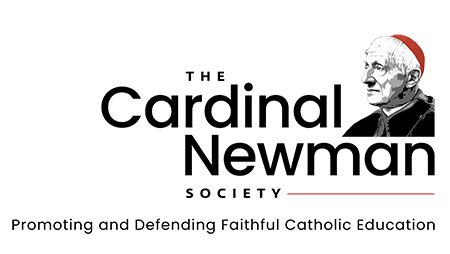
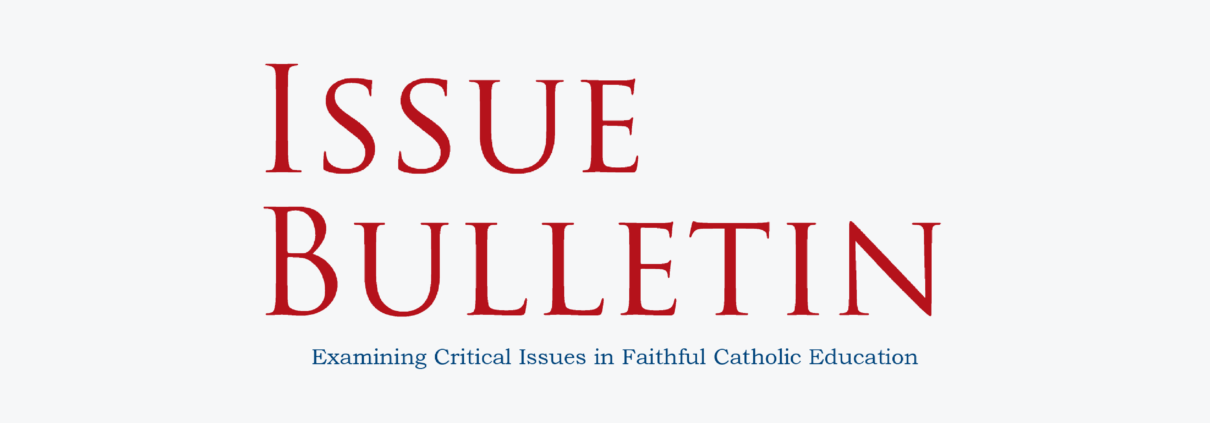

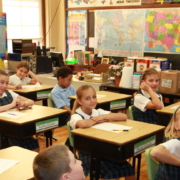 St. Agnes School, St. Paul, MN
St. Agnes School, St. Paul, MN